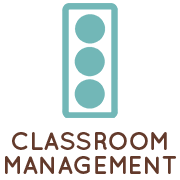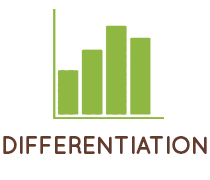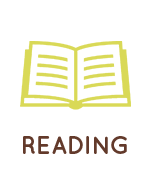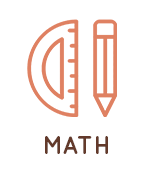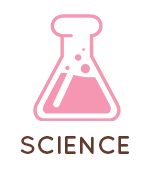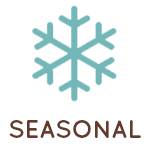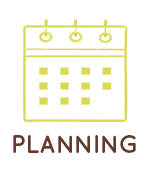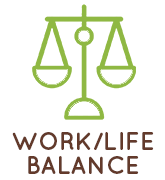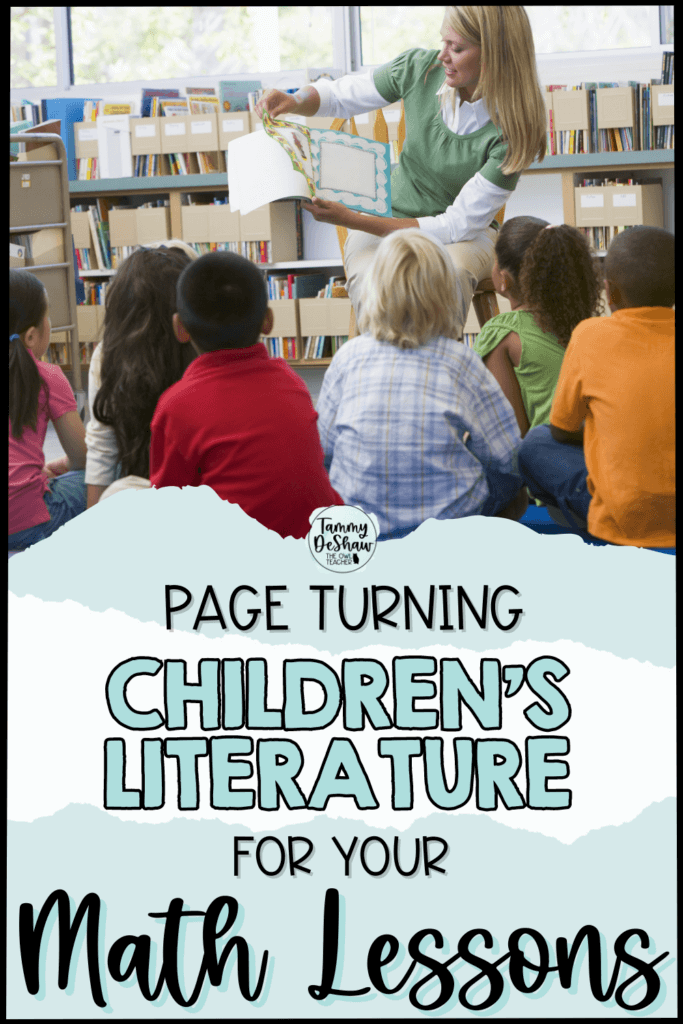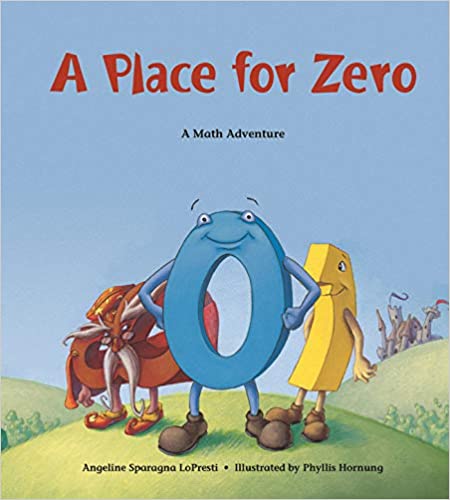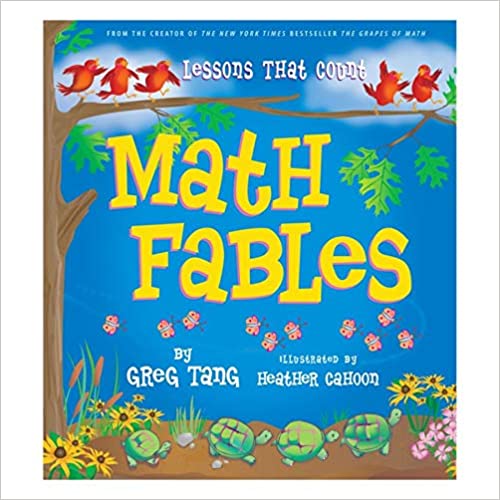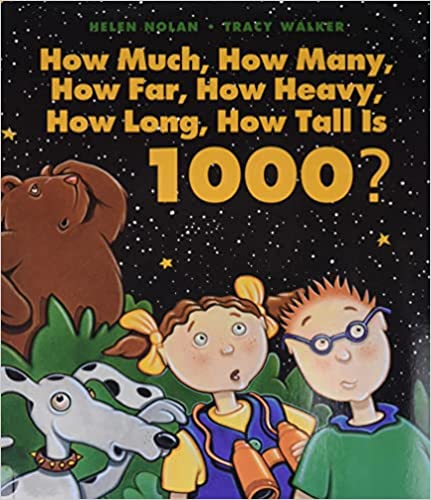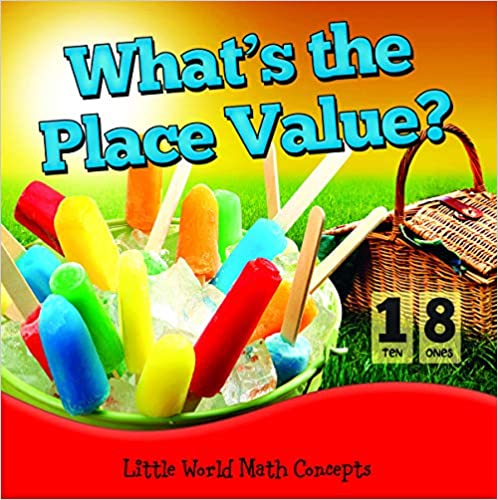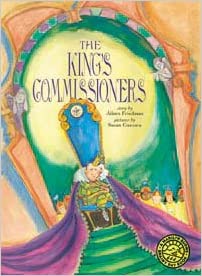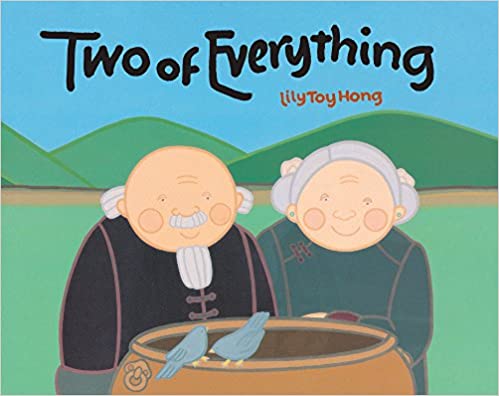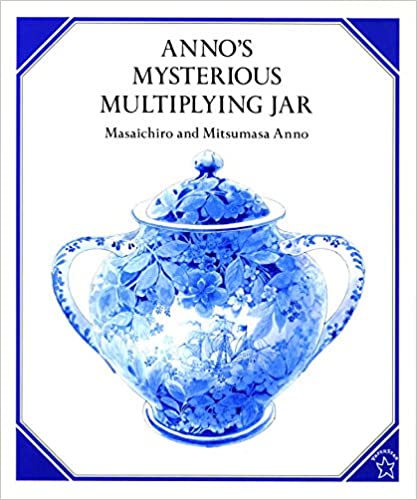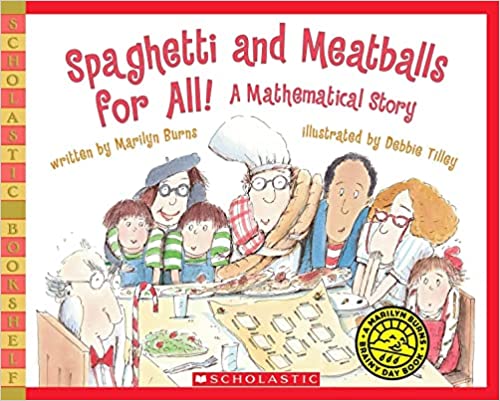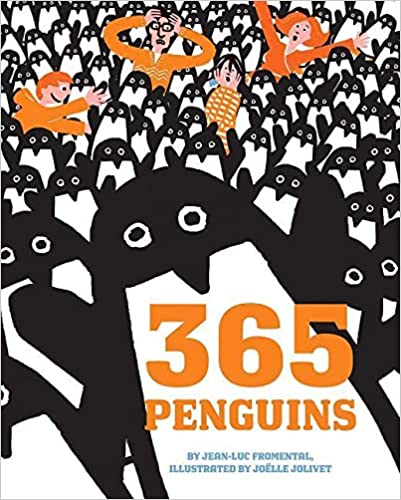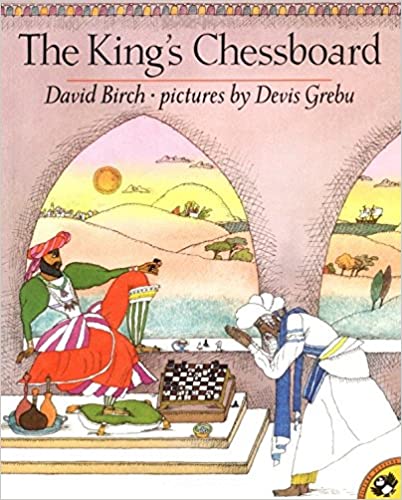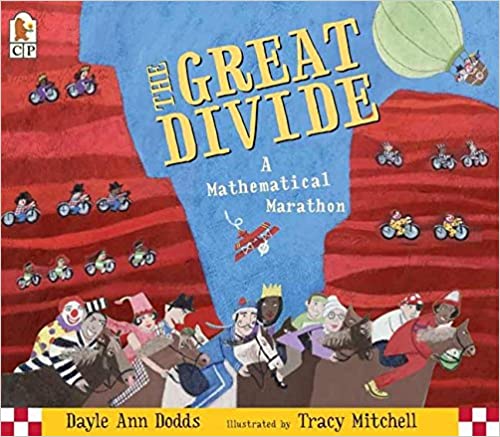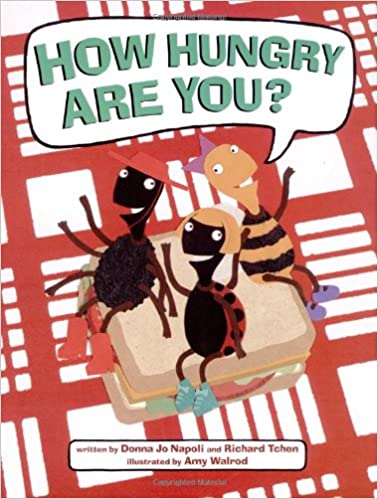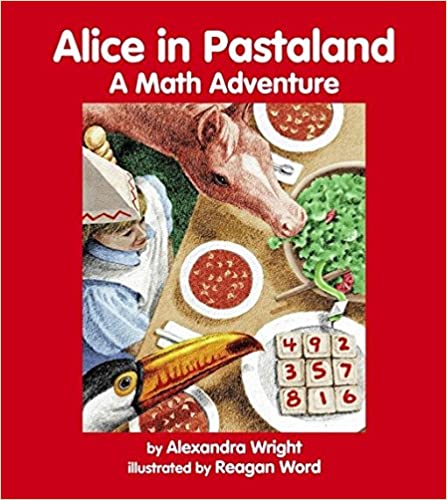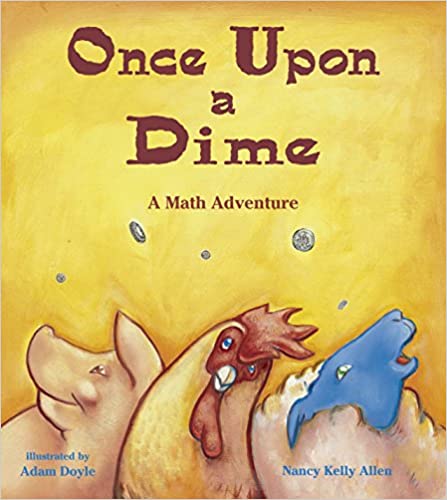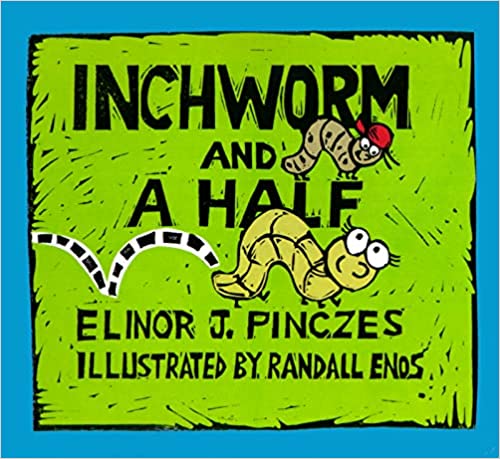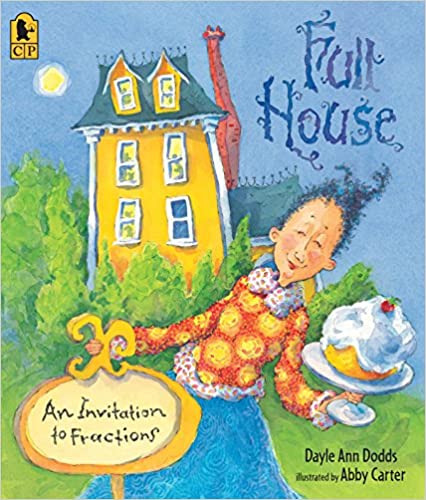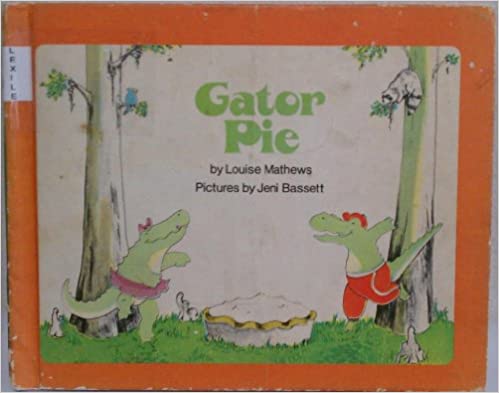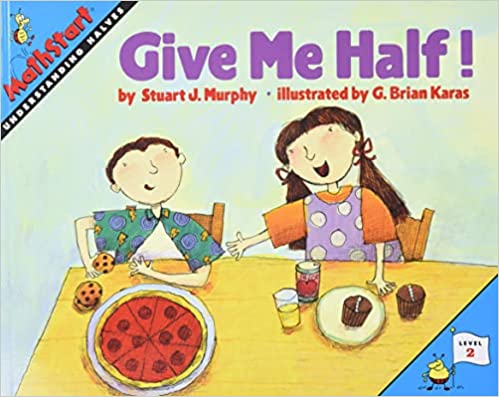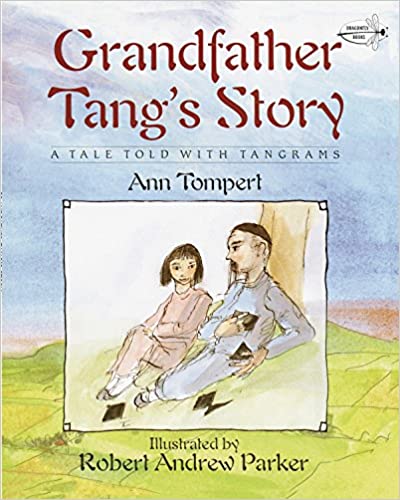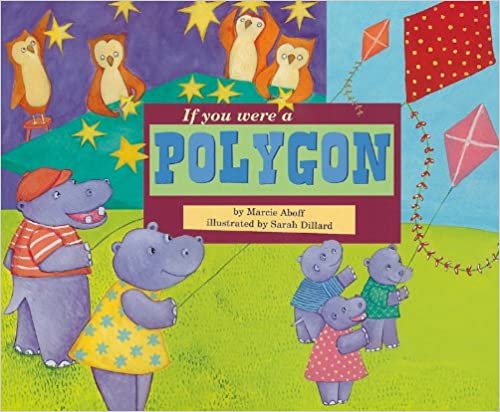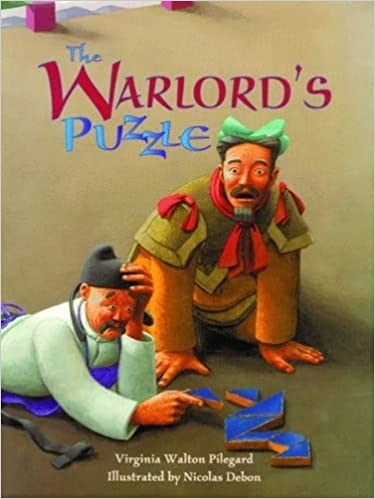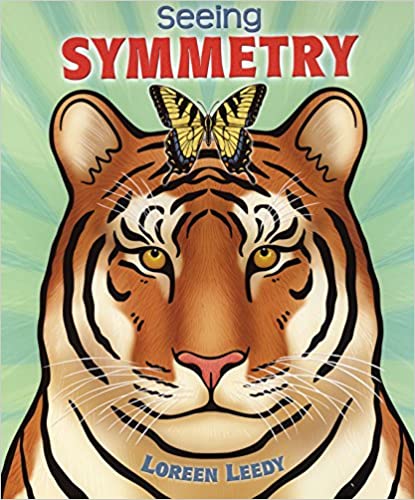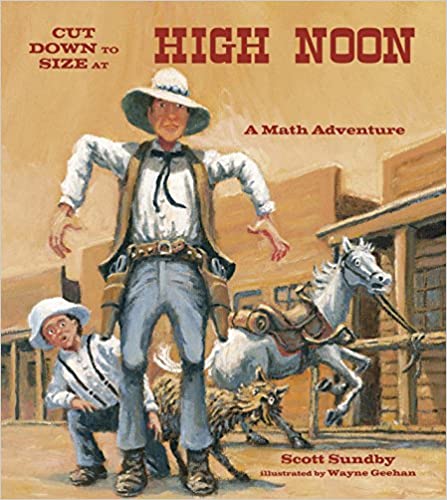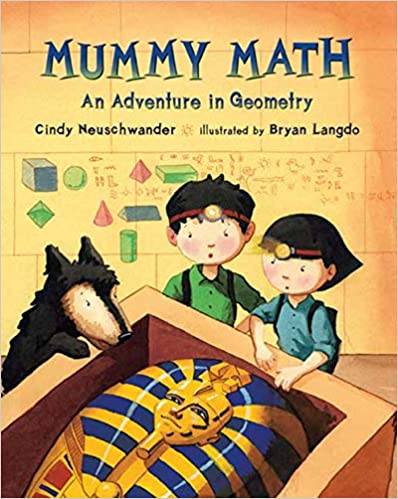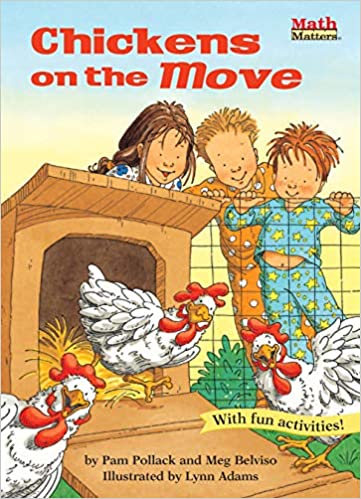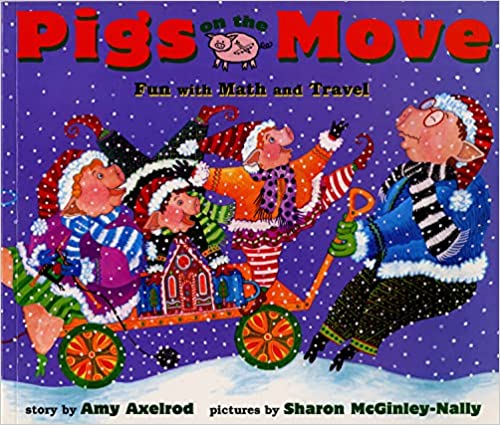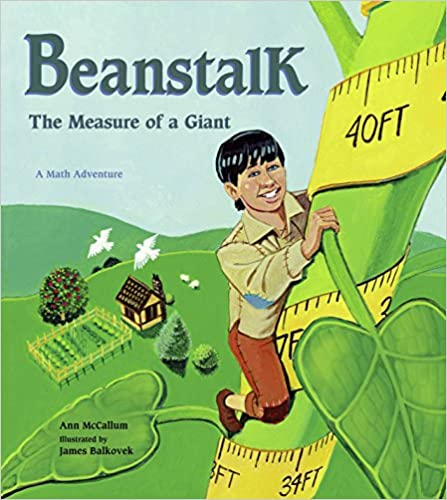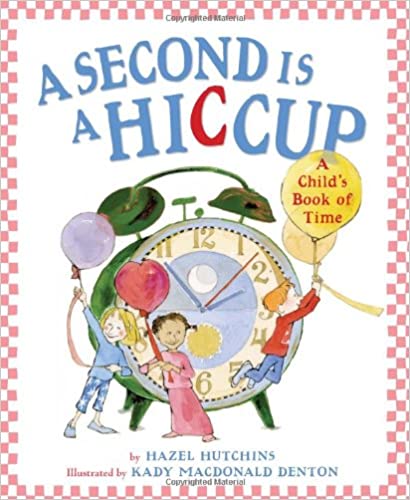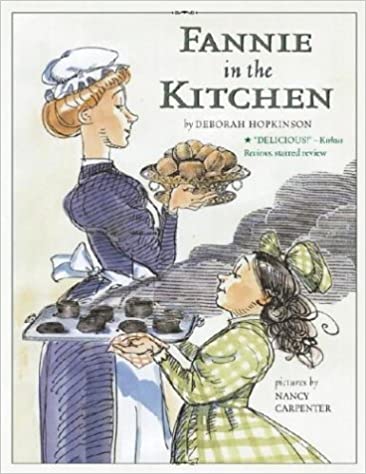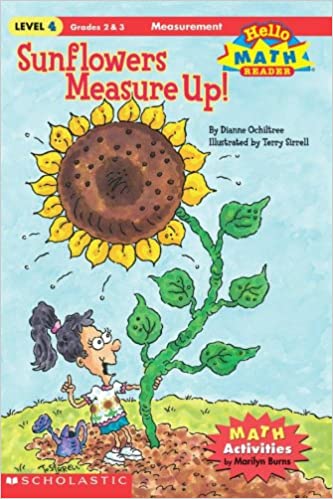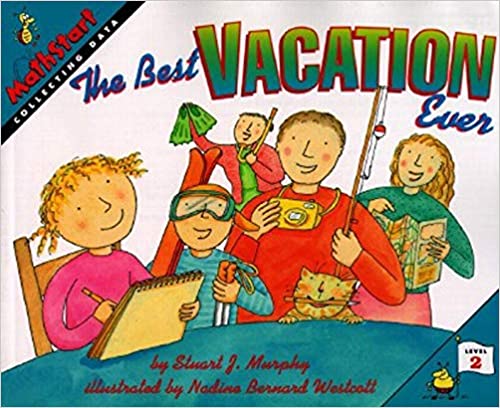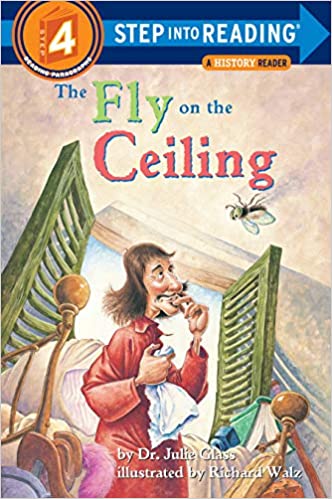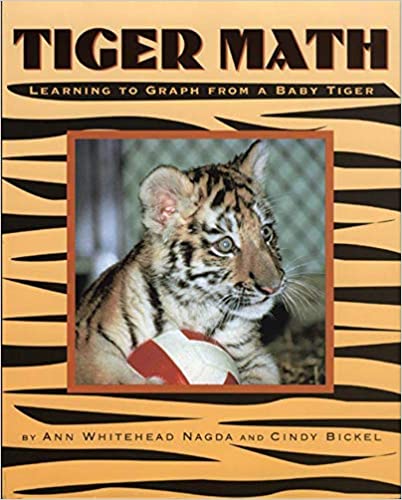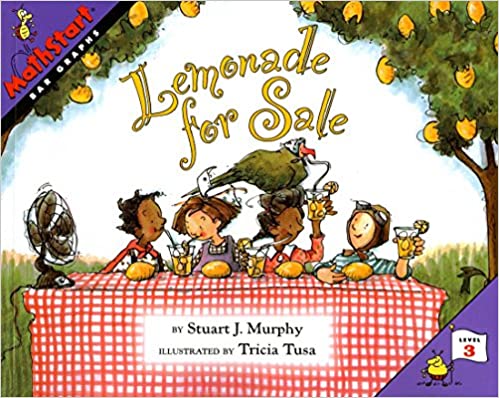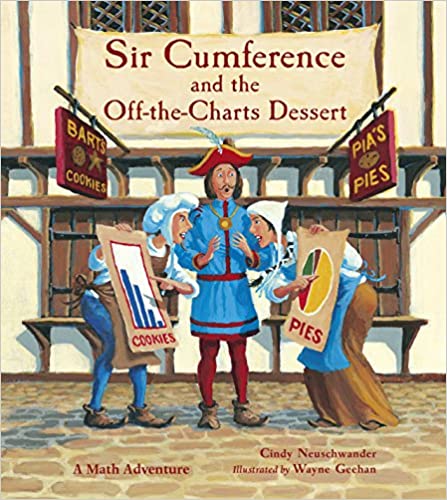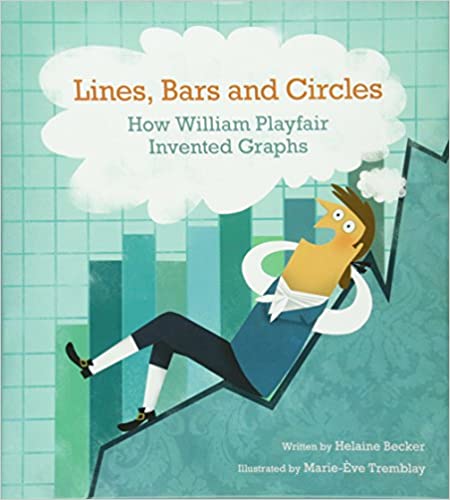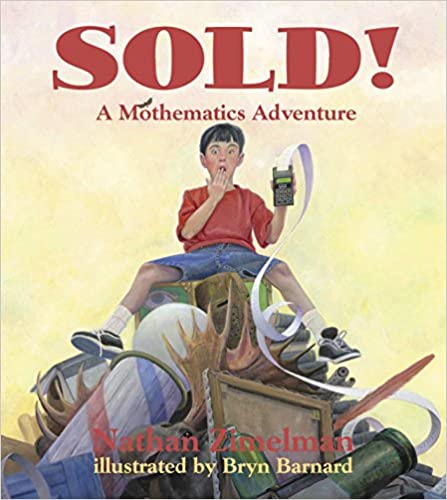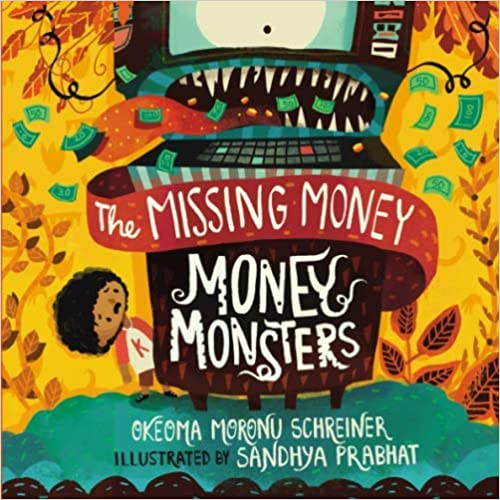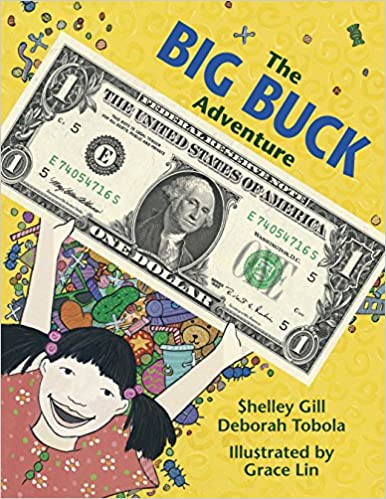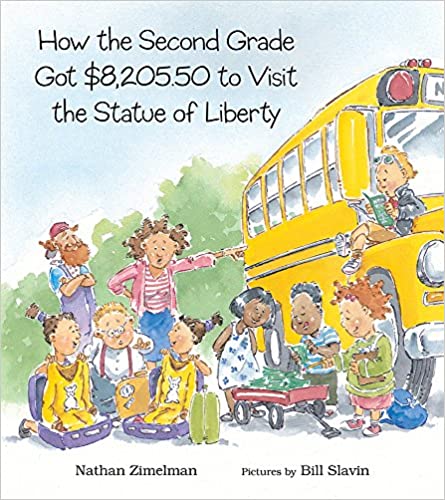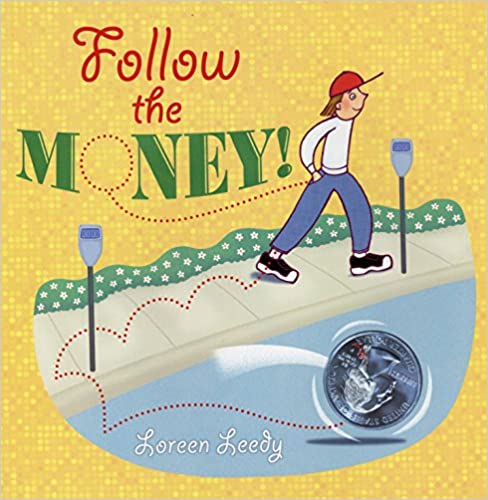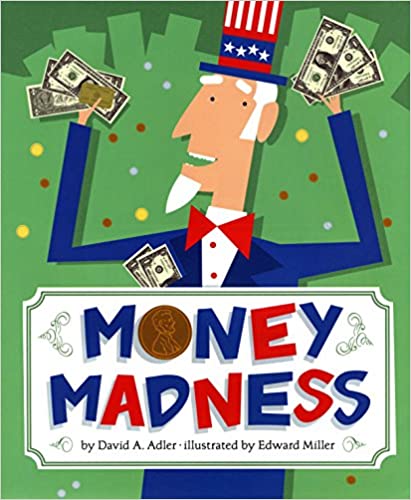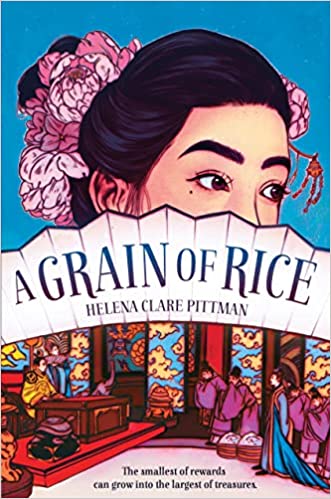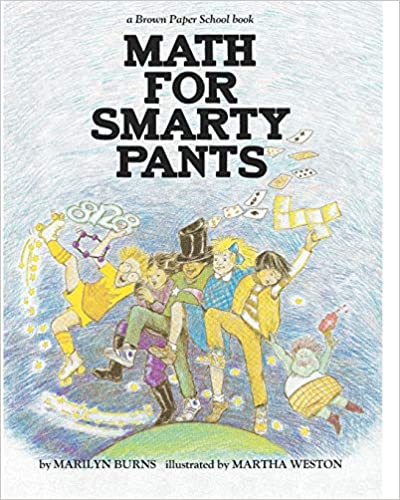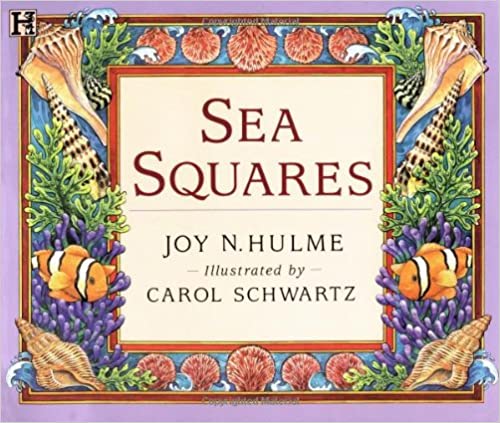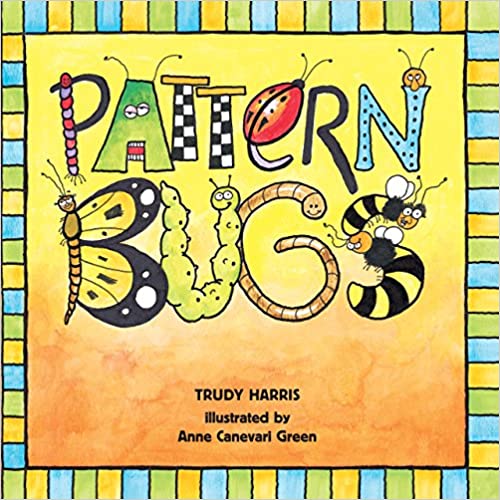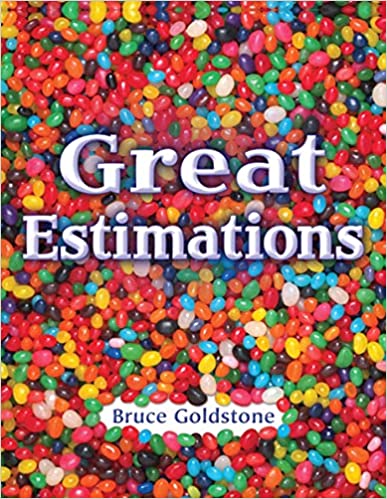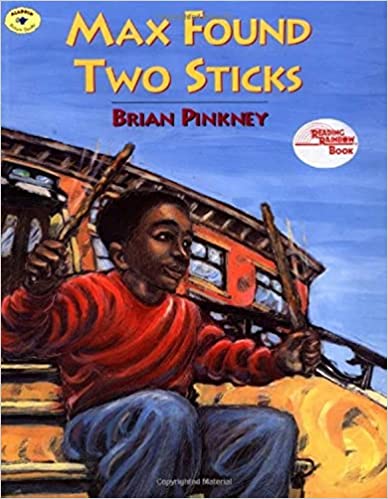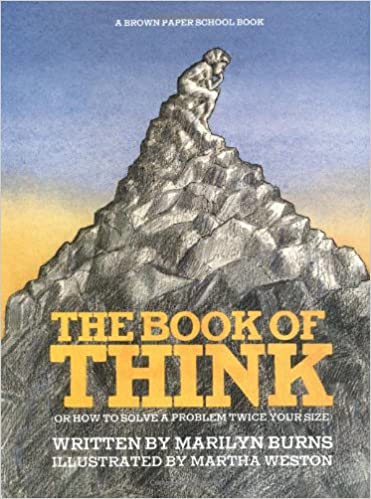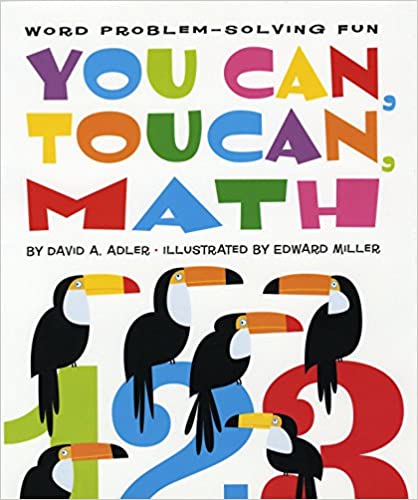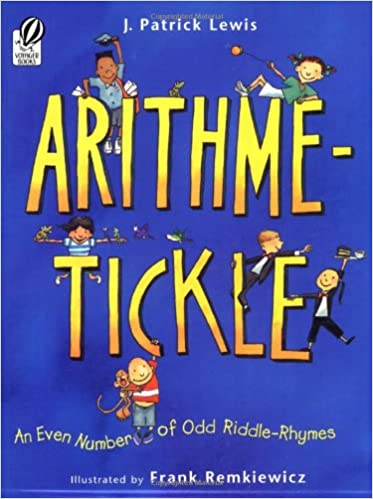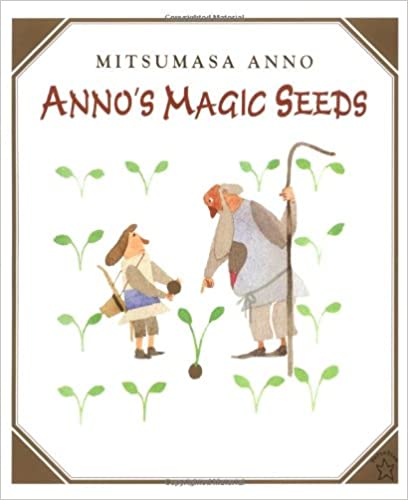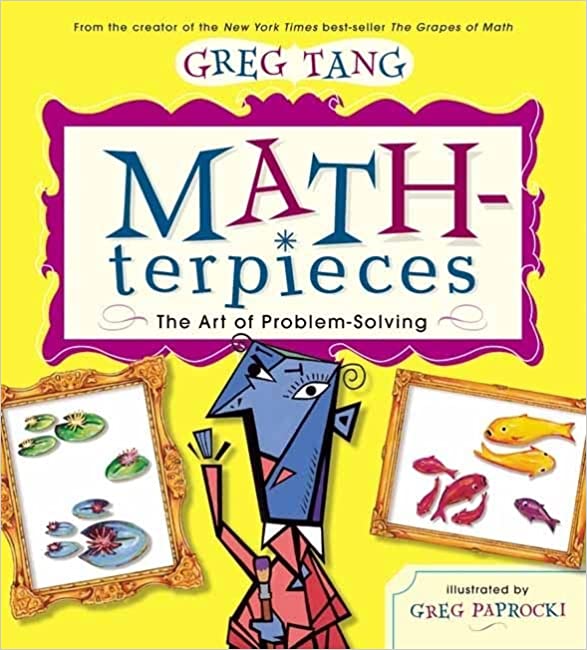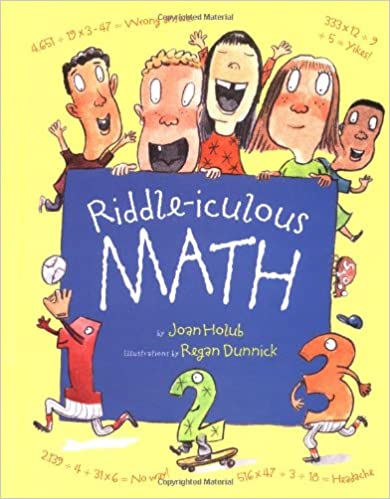If you were to search the internet for children’s literature for any math concept, you’d likely find several posts to help you out. I know that I’m one of many. The difference here is that I tried to include books that are for upper elementary, books that are different from the rest, and books for each concept. I also tried to include a large list. While many books can be used for more than one concept, you’ll notice I (tried) not to repeat any books in the concepts. As you scroll through the post, click on the image or link to learn more about the book. These are affiliate links, which means I can earn a small commission at no extra cost to you if you purchase something. You can read more about this by clicking on the link to my disclosure page found at the bottom of my website.
Children’s Literature for Teaching Place Value and Number Sense
If you’re looking for some creative and interactive methods to teach place value concepts, these books listed below can be a great addition to your math lessons and library. Click on the image to check them out.
Here are some other children’s literature options for place value & number sense:
The Grapes of Math by Greg Tang
How Big Is a Million? by Anna Milbourne
The Number Devil: A Mathematical Adventure by Hans Magnus Enzensberger
Millions, Billions, and Trillions by David Alder
Can You Count a Googol? by Robert E. Wells
How Big is It? by Ben Hillman
How Much Is a Million? by David Schwartz
Count to a Million by Jerry Pallotta
If You Made a Million by David Schwartz
Less Than Zero by Stuart Murphy
Place Value by David Adler
A Million Dots by Andrew Clements
Infinity and Me by Kate Hosford
Sir Cumference and All the King’s Tens by Cindy Neuschwander
Earth Day – Hooray! by Stuart Murphy
Children’s Literature for Teaching the Four Math Operations
There are many books out there that cover the four math operations, addition, subtraction, multiplication, and division. The reason I didn’t separate them on their own is that a lot of children’s literature will include multiple operations in one book. This is expected when you think about the relationship between operations such as multiplication and addition. Additionally, some books that would work in this category may already be listed in another category (For example, The Grapes of Math).
Here are some other children’s literature options for teaching the four operations that you may enjoy:
Bats on Parade by Kathi Appelt
A Remainder of One by Elinor Pinczes
Making a Sail for a Pirate Ship by SE Burr (Series)
Uno’s Garden by Graeme Base
2 x 2 = Boo! by Loreen Leedy
The Doorbell Rang by Pat Hutchins
Math-terpieces by Gregory Tang
Jump Kangaroo Jump by Stuart Murphy
One Hundred Hungry Ants by Elinor Pinczes
One Grain of Rice by Demi
The Hershey’s Milk Chocolate Multiplication Book by Jerry Pallotta
Spunky Monkeys on Parade by Stuart Murphy
Each Orange Had 8 Slices by Paul Giganti
Math for All Seasons by Greg Tang
Divide and Ride by Stuart Murphy
Amanda Bean’s Amazing Dream by Cindy Neuschwander
Children’s Literature for Teaching Fractions and Decimals
If you are teaching fractions or decimals, you will definitely want to check out these books.
Here are some other children’s literature options for teaching fractions, decimals, and even percents that you may enjoy:
A Fraction’s Goal- Parts of a Whole by Brian Cleary
If You Hopped Like a Frog by David Schwartz
Sir Cumference and the Fraction Faire by Cindy Neuschwander
Fractions in Disguise: A Math Adventure by Edward Einhorn
Whole-y Cow! Fractions are Fun by Taryn Souders
Fraction Action by Loreen Leedy
Pizza Counting by Christina Dobson
Piece=Part=Portion: Fractions=Decimals=Percents by Scott Gifford
Fraction Fun by David Adler
The Multiplying Menace by Pam Calvert
On Beyond a Million by David Schwartz
Only One by Marc Harshman
Working with Fractions by David Adler
Skittles Riddle Math by Barbara McGrath
Ed Emberley’s Picture Pie: A Book of Circle Art by Edward Emberly
Eating Fractions by Bruce McMillian
Fractions, Decimals and Percents by David Alder
Children’s Literature for Teaching Geometry
Geometry can be an interesting concept. It varies with all the content it covers. I tried to provide books that focus on things other than just shapes. Check out these below.
Here are some other children’s literature options for teaching the various geometry concepts that you may enjoy:
Math Potatoes: Mind-Stretching Brain Food by Greg Tang
A Cloak For the Dreamer by Aileen Friedman
Round Trip by Ann Jonas
What’s Your Angle, Pythagoras? by Julie Ellis
The Greedy Triangle by Marilyn Burns
The Tortoise Who Bragged by Betsy Franco
Shapes, Shapes, Shapes by Tana Hoban
Zachary Zormer: Shape Transformer by Joanne Reisberg
The Shapes of Things by Dayle Dodds
Captain Invincible and the Space Shapes by Stuart Murphy
Hamster Champs by Stuart Murphy
Shape Up! Fun With Triangles and Other Polygons by David Adler
The Silly Story of Goldie Locks and the Three Squares by Grace Maccarone
When a Line Bends… A Shape Begins by Rhonda Greene
The Little Red Hen Makes a Pizza by Philomen Sturges
The Secret Birthday Message by Eric Carle
Children’s Literature for Teaching Measurement
Sometimes I think measurement can get overlooked or rushed through a bit. It definitely doesn’t seem to get the attention that the four operations or fractions get. Still, when teaching measurement, consider taking the time to bring in an engaging picture book or two to bring the concept to life. Check out these ideas:
Here are some other children’s literature options for making measurement fun and memorable:
Super Sand Castle Saturday by Stuart Murphy
How Big is a Foot by Rolf Myller
How to Weigh an Elephant by Bob Barner
Pigs on a Blanket by Amy Axelrod
Who Sank the Boat by Pamela Allen
The Bicycle Man by Allen Say
Cluck O’Clock by Kes Gray
Room for Ripley by Stuart Murphy
Counting on Frank by Rod Clement
Measuring Penny by Loreen Leedy
How Tall, How Short, How Far Away by David Adler
Cook a Doodle Doo by Janet Stevens
Bats Around the Clock by Kathi Appelt
The Librarian Who Measured the Earth by Kathryn Lasky
Inch by Inch by Leo Lionni
What Time is It Mr. Crocodile? by Judy Sierra
Is a Blue Whale the Biggest Thing There Is? by Robert Wells
Millions to Measure by David Schwartz
The Best Bug Parade by Stuart Murphy
17 Kings and 42 Elephants by Margaret Mahy
Jim and the Beanstalk by Raymond Briggs
Children’s Literature for Teaching Graphing and Data (and Some Probability)
Personally, I love teaching about data and graphing, but perhaps that is the scientist in me. When we teach about graphing and data, we are not just teaching about the charts we put all that data in, we are also teaching children how to collect data, such as how to classify objects based on common attributes. Additionally, with some books, you can use the material in the book to create a graph together as a class. Check out these children’s literature for your next math lesson for graphing and data:
These books may also provide some fun and creative ways to teach graphing and data concepts:
The Great Graph Contest by Loreen Leedy
A Very Improbable Story by Edward Einhorn
Tally Cat Keeps Track by Trudy Harris
Bart’s Amazing Charts by Dianne Ochiltree
The Long Wait by Annie Cobb
Tally O’Malley by Stuart Murphy
Do You Wanna Bet? by Jean Cushman
Sort It Out! by Barbara Mariconda
Probably Pistachio by Stuart Murphy
Anno’s Flea Market by Mitsumasa Anno
What Do You Do With a Tail Like This? by Steve Jenkins
Tikki Tikki Tembo by Arlene Mosel
Less Than Zero by Stuart Murphy
A Million Fish… More or Less by Patricia McKissack
Shoes Shoes Shoes by Ann Morris
The I Hate Mathematics! Book by Marilyn Burns
Show and Tell! Great Graphs and Smart Charts by Stuart Murphy
Children’s Literature for Teaching Money
Money isn’t something that is touched too often in the upper grades except more indirectly when teaching decimals, however, I wanted to include it here incase your curriculum is a little different. I also didn’t know if your district required financial literacy.
These books will help you introduce money, practice counting money, or give you money problems to explore:
Alexander, Who Used to Be Rich Last Sunday by Judith Viorst
Tightwad Tod by Daphne Skinner
Annabelle Swift, Kindergartner by Amy Schwartz
A Chair for My Mother by Vera Williams
The Monster Money Book by Loreen Leedy
Max’s Money by Teddy Slater
Pigs Will be Pigs by Amy Axelrod
Jenny Found a Penny by Trudy Harris
The Penny Pot by Stuart Murphy
The Princess and the Pizza by Mary Auch
Jelly Beans for Sale by Bruce McMillan
Monster Money by Grace Macarone
Tight Times by Barbara Hazen
Children’s Literature for Teaching Algebra, Patterns, and Estimation
Patterns aren’t something we spend a lot of time on in the upper grades but we definitely touch on estimation and rounding. I did include books that cover algebra concepts and patterns in case you needed them. The Sea Squares book is more about squaring numbers and technically could be placed under multiplication.
If you’re looking to teach patterns, explore estimation, or anything in the algebra category, check out these other books:
Eight Hands Round: A Patchwork Alphabet by Paul Whitford
Fuzzballs! A Rounding Adventure by KA Long
Betcha! by Stuart Murphy
Rounding Rescue by Eric Lostorto
Two of Everything by Lily Toy Hong
Mr. Noisy’s Book of Patterns by Rozanne Williams
Let’s Estimate by David Adler
Coyotes All Around by Stuart Murphy
How Many Seeds in a Pumpkin by Margaret McNamara
Pattern Fish by Trudy Harris
Greater Estimations by Bruce Goldstone
Children’s Literature for Teaching Problem Solving and Word Problems
Word problems and problem-solving can be taught throughout the school year and technically any of the books above could be used. I tried to suggest books that are a bit more focused on problem-solving or word problems in this section. This can help your students practice using problem-solving strategies.
These are some other great books to check out to help you teach problem-solving or to provide word problems:
Math Mini-Mysteries (Series) by Thomas Adamson
Math Mini-Mysteries by Sandra Markle
The Case of the Backyard Treasure by Joanne Rocklin
Art Auction Mystery by Anna Nilsen
65 Short Mysteries You Solve with Math by Eric Yoder (for older students)
Anno’s Hat Tricks by Akihiro Nozaki
Math Curse by Jon Scieszka
The Smushy Bus by Leslie Helakoski
Maths Problem Solving: Nature by Anita Loughrey
Sam SOlves: A Word Problem Adventure by Elizabeth Everett
I tried to come up with a unique list of books, but some are just classics when it comes to certain concepts in math. As I mentioned before, many books can be used with several different concepts. To save space, I didn’t describe each book. If you want to learn more about the book, you can check it out at your local library first or click on the link to read more about it. If you know of any great books for a concept that I missed, please share them below. I’d love to hear about them and add them! I hope your students enjoy these math literature books!


